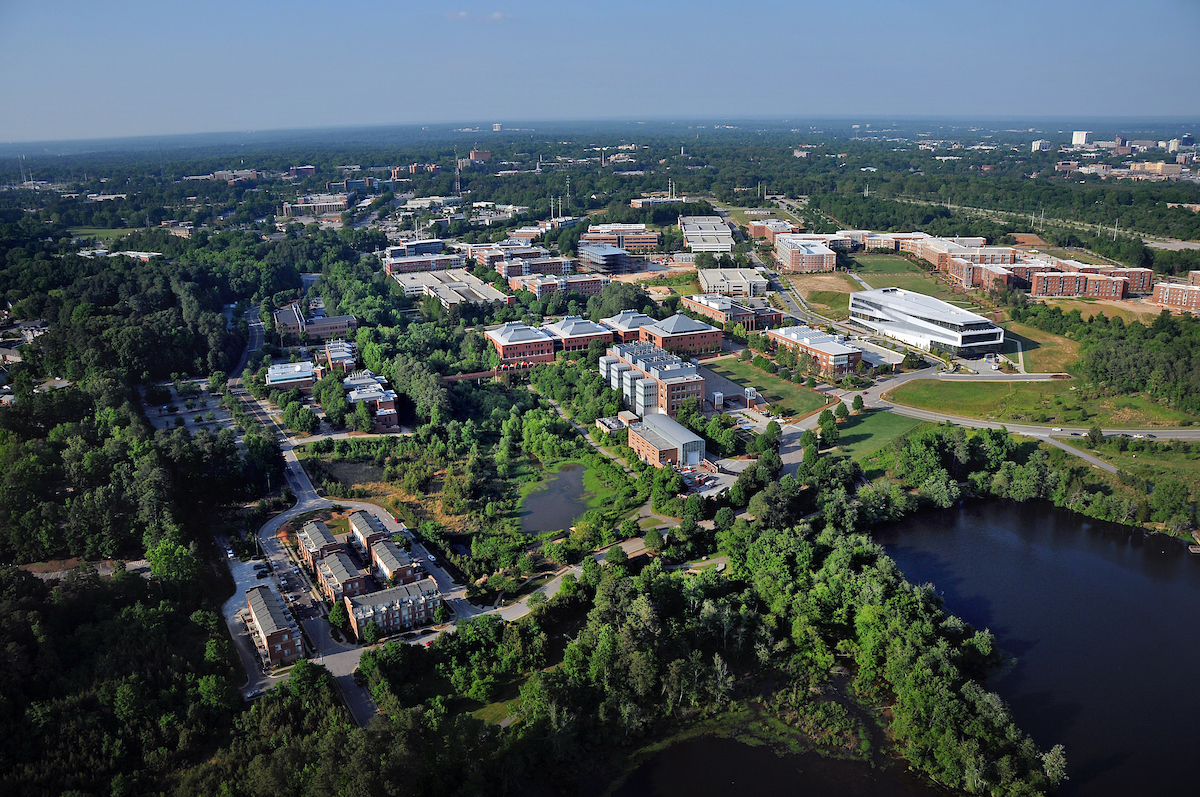Our History
Origins of IPM
The history of integrated pest management (IPM) traces its first real beginnings to the late 1960s, where a number of factors came together to initiate a search for better methods of pest control than simple reliance on prophylactic pesticide use. These factors included not only the well known litany of pesticide misuse problems (resistance and non-target effects), but also the rapid development of technologies enabling more sophisticated approaches, primarily due to rapid advances in communication and computing, with the allied new sciences of operations research, systems analysis, and modeling.
Our Beginning
The Center for Integrated Pest Management (CIPM) was established in 1991 on Centennial Campus to serve as a leader in technology development, program implementation, training, and public awareness for IPM at the state, regional, and national level. CIPM is an organizational unit within the College of Agriculture and Life Sciences at North Carolina State University. Our Center also collaborates with scientists from other universities and the USDA through grants, contracts, or other formal working relationships.
Today’s Center
At present, CIPM supports research in all areas of plant-related IPM. We focus on the changing needs of our stakeholders. CIPM competes for funding from federal and state agencies, profit and non-profit organizations. Currently the Center manages over 40 projects and employs more than 70 researchers spanning different professions including entomology, plant pathology, horticulture, biology, economics, risk analysis, geospatial studies, design and art, and computer science.
